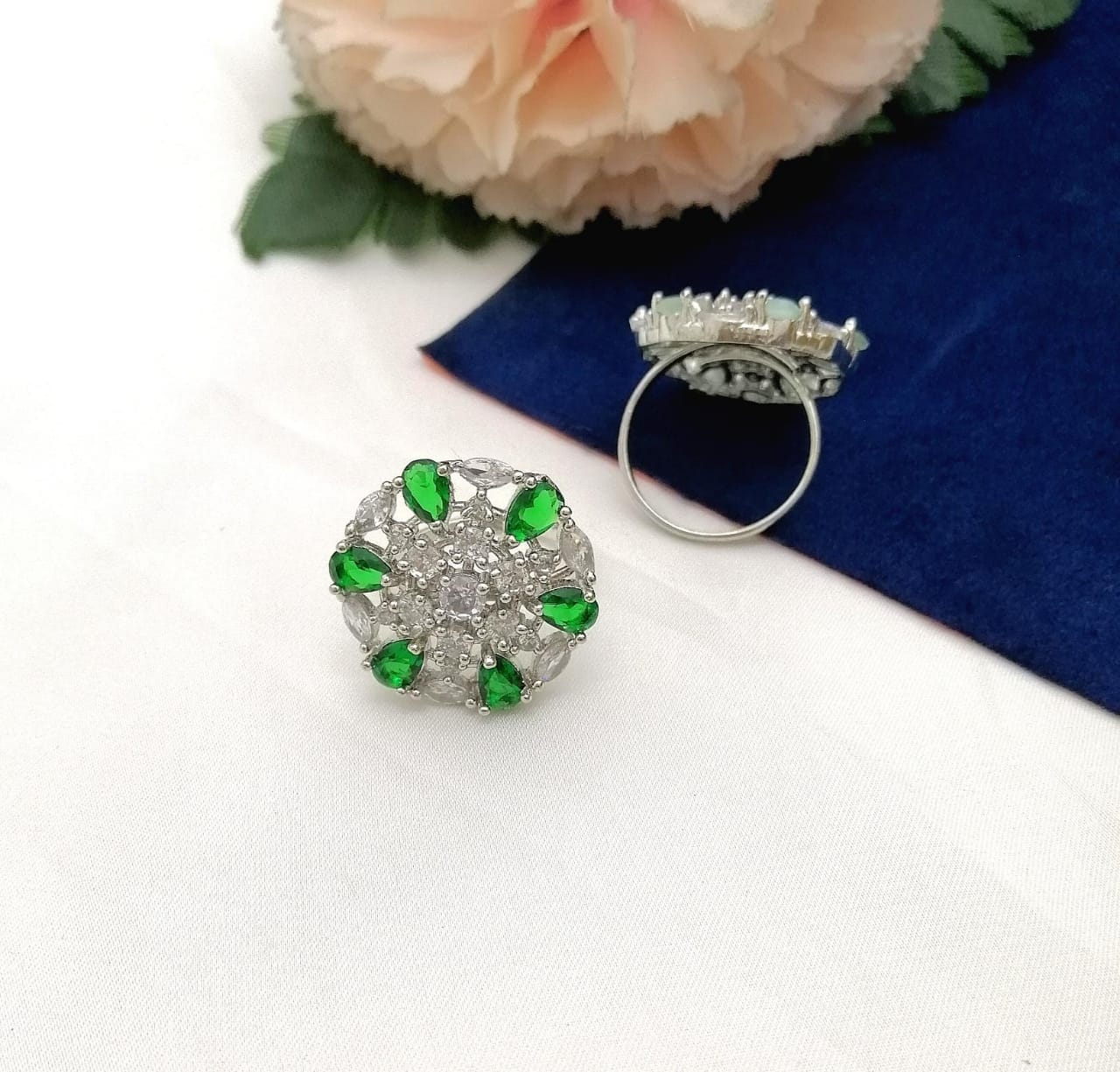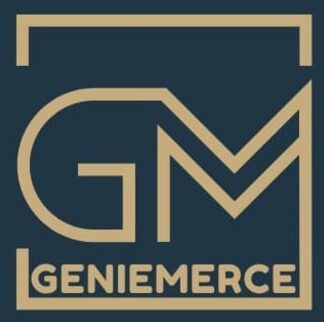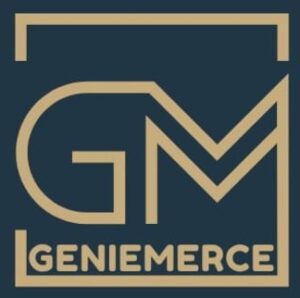2024 Trends: How to Identify and Value Rare Antique Rings

In the ever-evolving world of jewellery, antique rings hold a special allure for collectors and enthusiasts alike. These timeless pieces reflect the craftsmanship of bygone eras and carry stories of romance, heritage, and cultural significance. As we delve into the trends 2024, understanding how to identify and value antique rings becomes essential for both seasoned collectors and newcomers to the world of vintage jewellery. This comprehensive guide will explore the latest trends, techniques, and insights to help you navigate the fascinating realm of rare antique rings.
Unraveling the History of Rare Antique Rings:
Before delving into identification and valuation, it’s crucial to understand the rich history behind antique rings. From ancient civilizations to the Art Deco era and beyond, antique rings offer a window into their time’s aesthetic preferences, craftsmanship techniques, and cultural influences. By familiarizing yourself with the historical context of different periods and styles, you’ll better appreciate the beauty and significance of rare antique rings.
Deciphering Design Elements:
One of the first steps in identifying antique rings is deciphering their design elements. Pay close attention to details such as gemstones, settings, metalwork, and motifs, as these can provide valuable clues about the ring’s age, origin, and craftsmanship. For example, Victorian-era rings often feature intricate filigree work and romantic motifs like hearts and flowers, while geometric shapes and bold, colourful gemstones characterize Art Deco rings. By honing your eye for design, you’ll become better equipped to identify and appreciate the unique characteristics of rare antique rings.
Understanding Materials and Gemstones:
The materials and gemstones used in antique rings play a significant role in their identification and valuation. Different eras favored certain metals and gemstones, reflecting prevailing trends and cultural influences. For instance, Georgian rings are typically crafted from silver-topped gold and feature rose-cut diamonds and coloured gemstones like garnets and emeralds. In contrast, Edwardian rings are known for their platinum settings and delicate, lace-like designs adorned with diamonds and pearls. By familiarizing yourself with the materials and gemstones commonly found in antique rings, you’ll be better equipped to assess their authenticity and value.
Assessing Condition and Rarity:
The condition and rarity of an antique ring are vital factors that influence its value. Examine the ring closely for signs of wear, damage, or alterations, as these can impact its authenticity and collectability. Additionally, consider the rarity of the ring based on factors such as its design, craftsmanship, and historical significance. Rare antique rings that are exceptionally well-preserved, feature unique or rare design elements, or have provenance tracing back to notable individuals or events are likely to command higher prices in the market.
Seeking Expert Guidance:
While developing your knowledge and expertise in identifying and valuing antique rings is essential, it’s also important to seek guidance from experts in the field. Experienced jewellers, appraisers, and antique dealers can offer valuable insights, identify subtle nuances, and assess rare antique rings professionally. Whether you’re considering a purchase, need assistance with authentication, or want to add to your collection, consulting with knowledgeable professionals can help ensure that you make informed decisions and acquire antique rings of the highest quality and value.
Embracing Sustainable and Ethical Practices:
In addition to identification and valuation, it’s crucial to consider the ethical and sustainable aspects of acquiring antique rings. Unlike newly mined gemstones and metals, antique rings have already been extracted from the earth and crafted into exquisite jewellery pieces, making them a more environmentally friendly and sustainable choice. Furthermore, by purchasing antique rings, you’re preserving and celebrating the heritage and craftsmanship of previous generations, contributing to the conservation of cultural artefacts and minimizing the demand for new resources.
Navigating Market Trends and Investment Opportunities:
As with any collectable, antique rings are subject to market trends and fluctuations in value. Stay informed about current market conditions, emerging trends, and investment opportunities by following reputable auction houses, antique fairs, and online marketplaces specializing in vintage jewellery. Keep an eye out for sought-after styles, designers, and periods experiencing renewed interest among collectors, as these may present valuable opportunities for acquiring antique rings with the potential for appreciation in value over time.
Preservation and Care:
Preservation and care are paramount when it comes to antique rings. These treasures from the past require special attention to ensure their longevity and beauty are maintained for future generations to enjoy. Proper storage in a jewellery box lined with soft fabric, regular cleaning with mild soap and water, and periodic inspections by a professional jeweller are essential practices for preserving the condition of antique rings. Additionally, avoiding exposure to harsh chemicals, extreme temperatures, and sudden impacts can help prevent damage and deterioration over time, ensuring that these exquisite pieces of history remain cherished heirlooms for years.
Authenticity and Provenance:
Authenticity and provenance are crucial considerations when identifying and valuing antique rings. Establishing a ring’s authenticity involves thorough research, examination of hallmark stamps, and verification of historical documentation whenever possible. Provenance, or the documented history of ownership, can significantly enhance the value of a rare antique ring, especially if it can be traced back to notable individuals or events. Consulting with reputable experts and conducting due diligence in verifying the authenticity and provenance of a rare antique ring is essential for ensuring its value and investment potential.
Embracing the Timeless Appeal:
Beyond their monetary value, antique rings possess a timeless appeal that transcends trends and fads. These exquisite jewellery pieces carry stories of love, history, and human craftsmanship, making them more than just accessories—they are tangible connections to the past. Whether passed down through generations as family heirlooms or discovered in antique shops and estate sales, rare rings evoke a sense of wonder and fascination that captivates collectors and enthusiasts alike. Embracing the timeless appeal of antique rings is not just about owning a piece of history; it’s about honouring the artistry, craftsmanship, and enduring beauty of these treasured artefacts.
Conclusion:
In conclusion, identifying and valuing antique rings requires knowledge, expertise, and appreciation for craftsmanship and history. Collectors and enthusiasts can unlock the timeless beauty and value of rare rings by unravelling the design elements, understanding materials and gemstones, assessing condition and rarity, seeking expert guidance, embracing sustainable practices, and navigating market trends. Whether you’re a seasoned collector or a newcomer to the world of vintage jewellery, the allure of rare antique rings promises to captivate and inspire generations.


